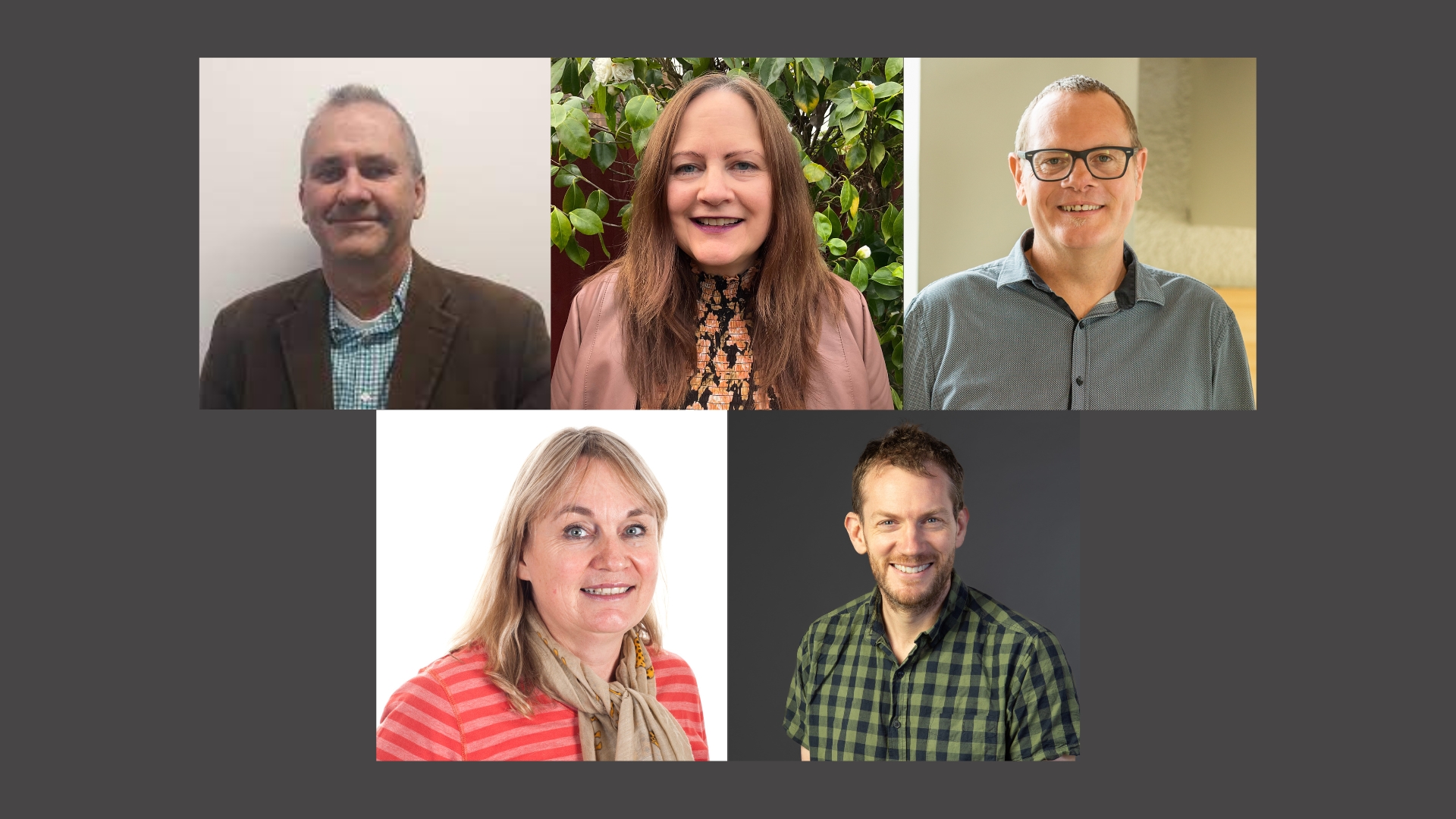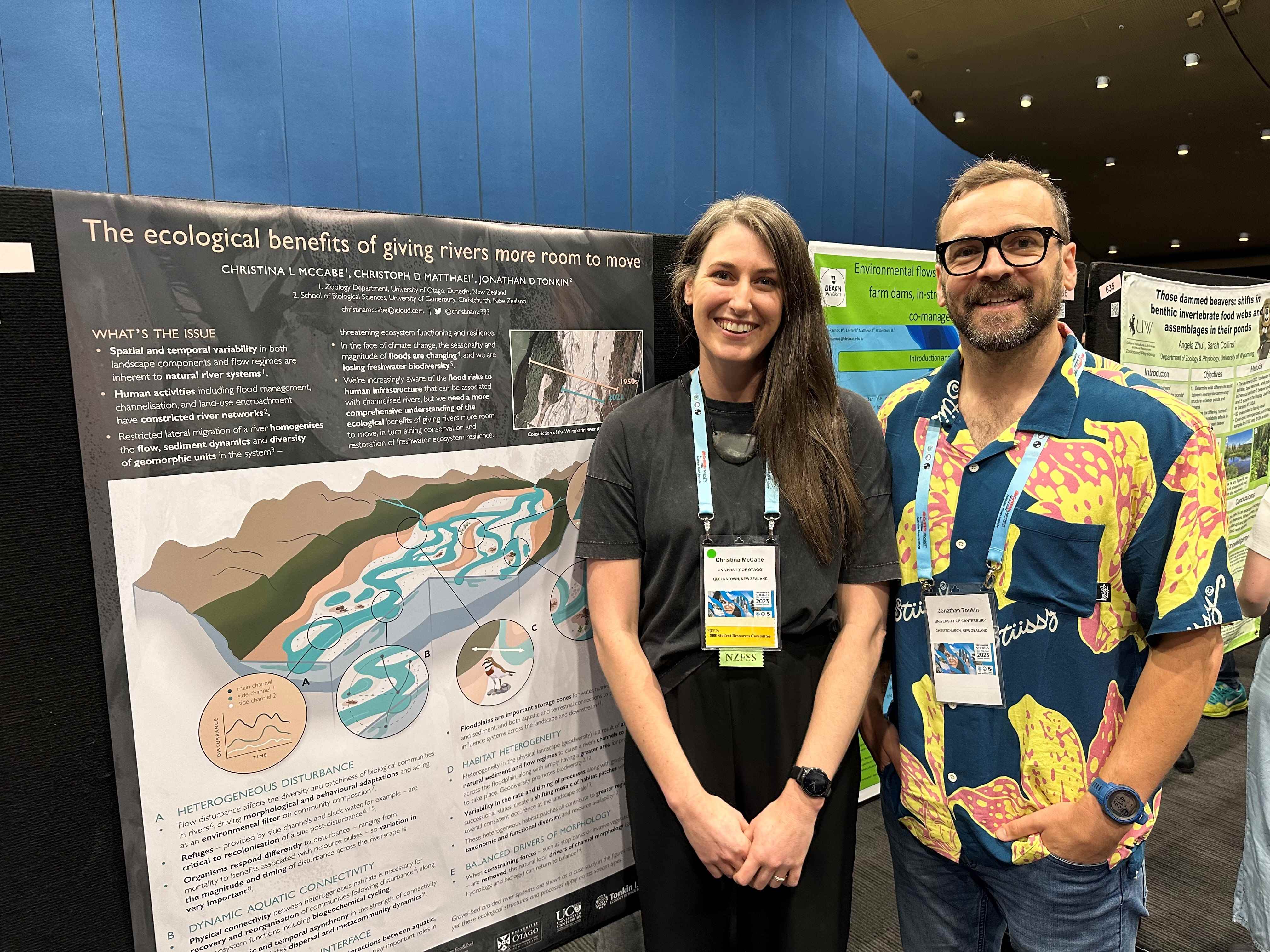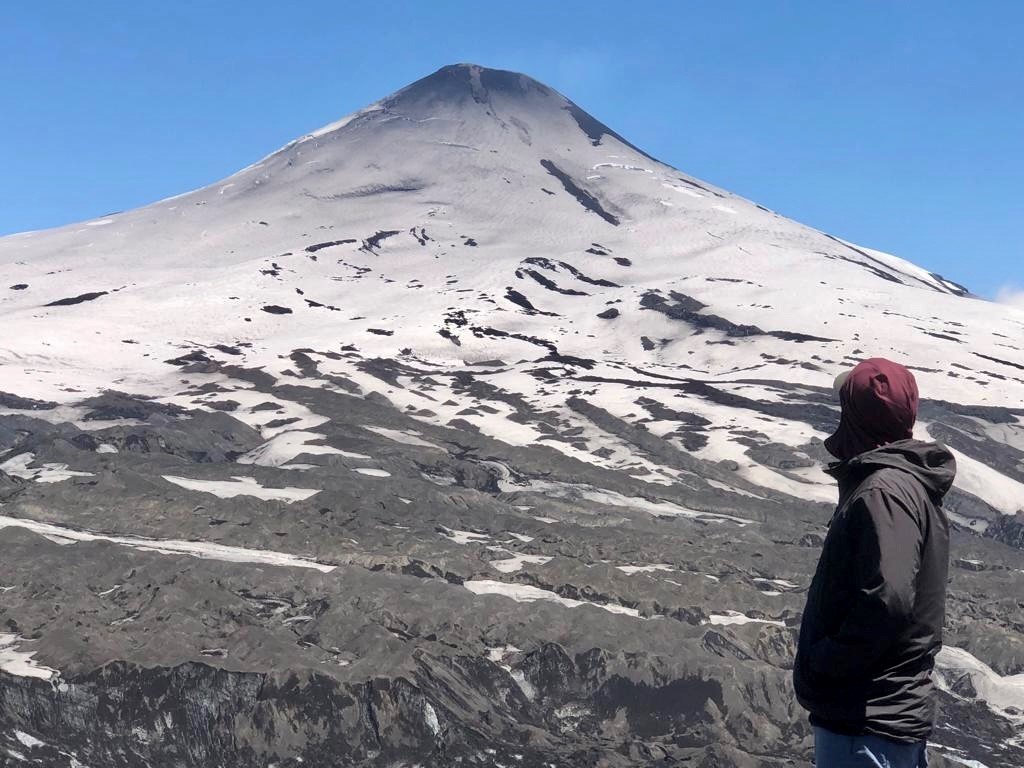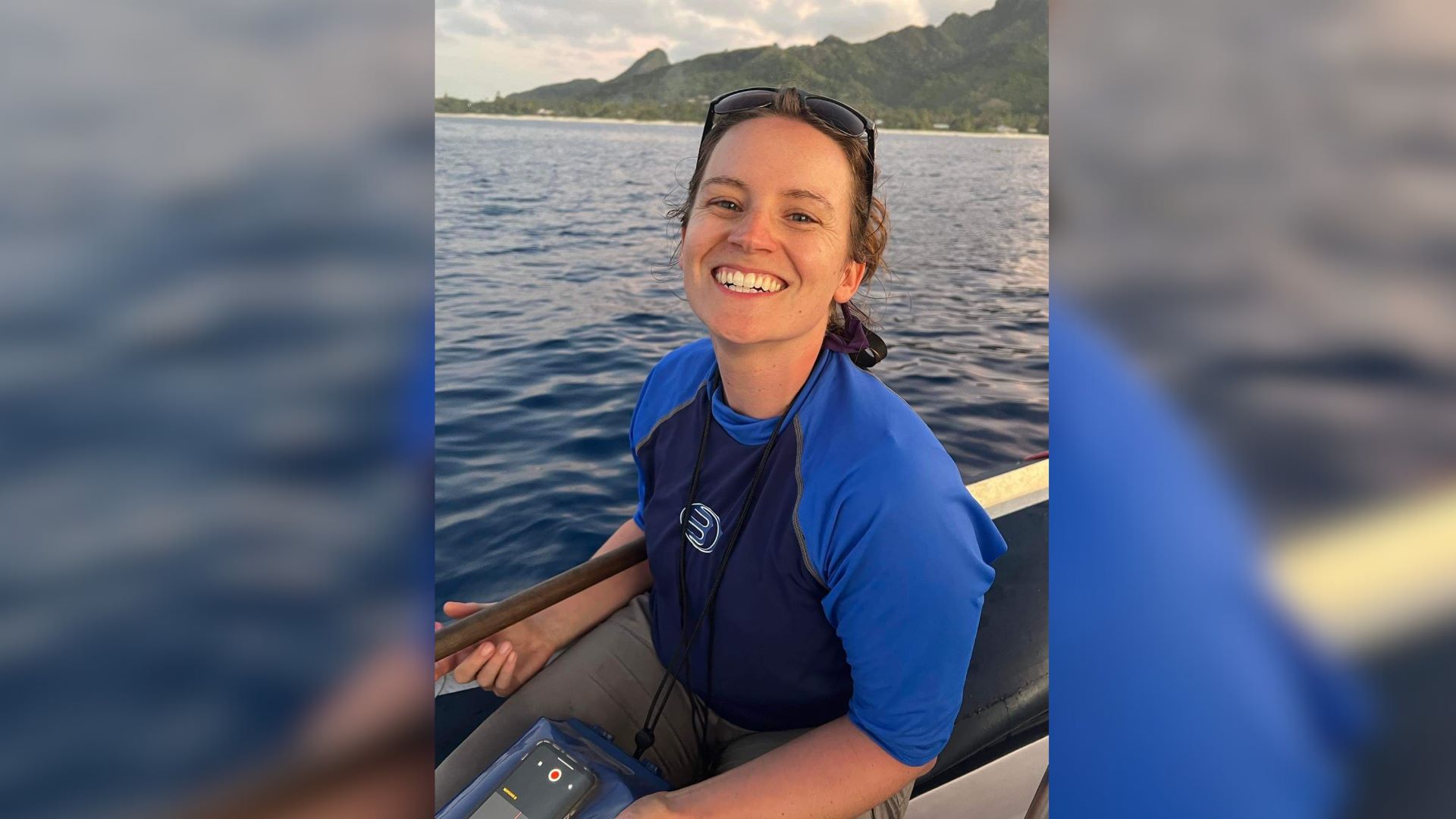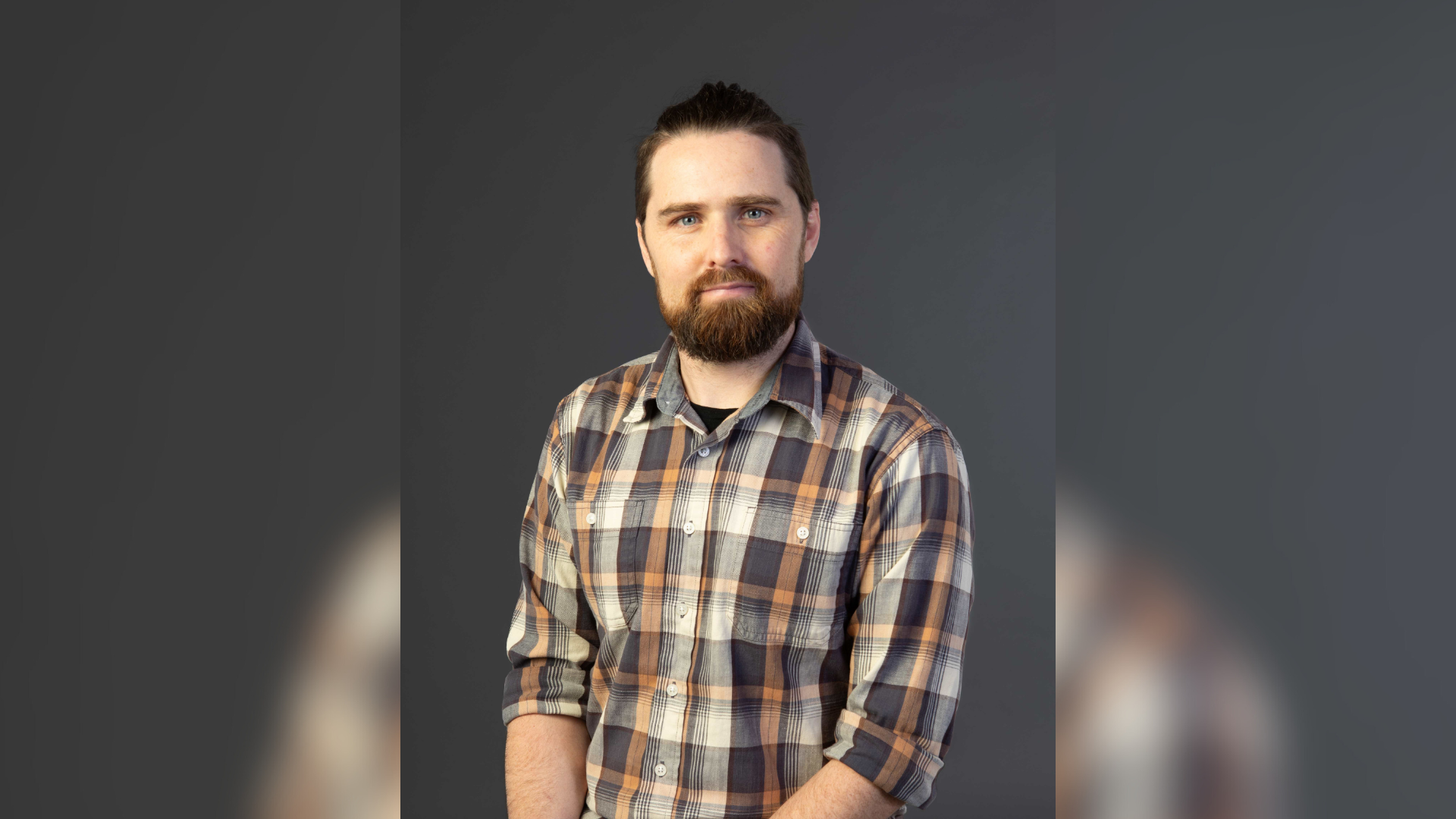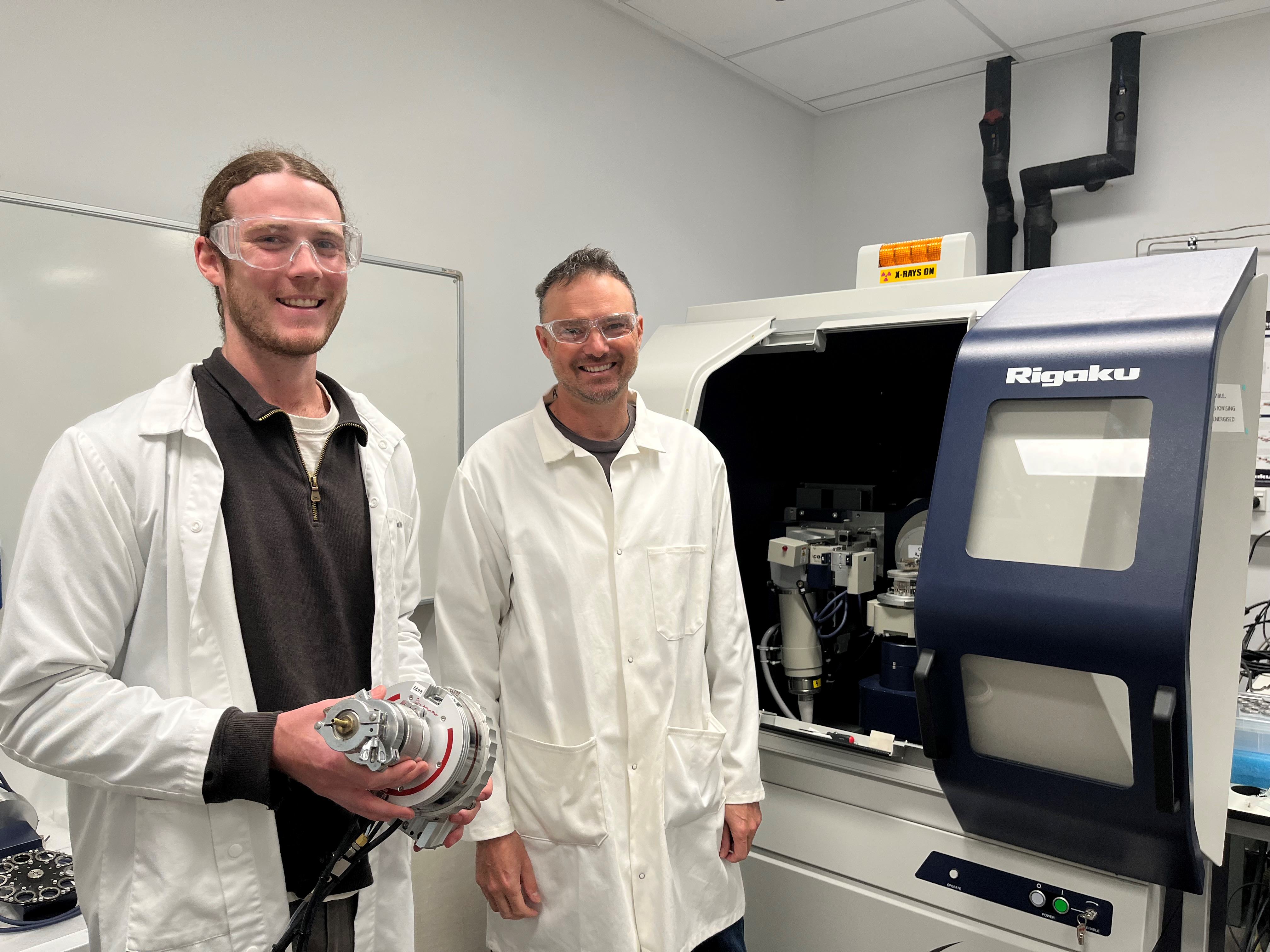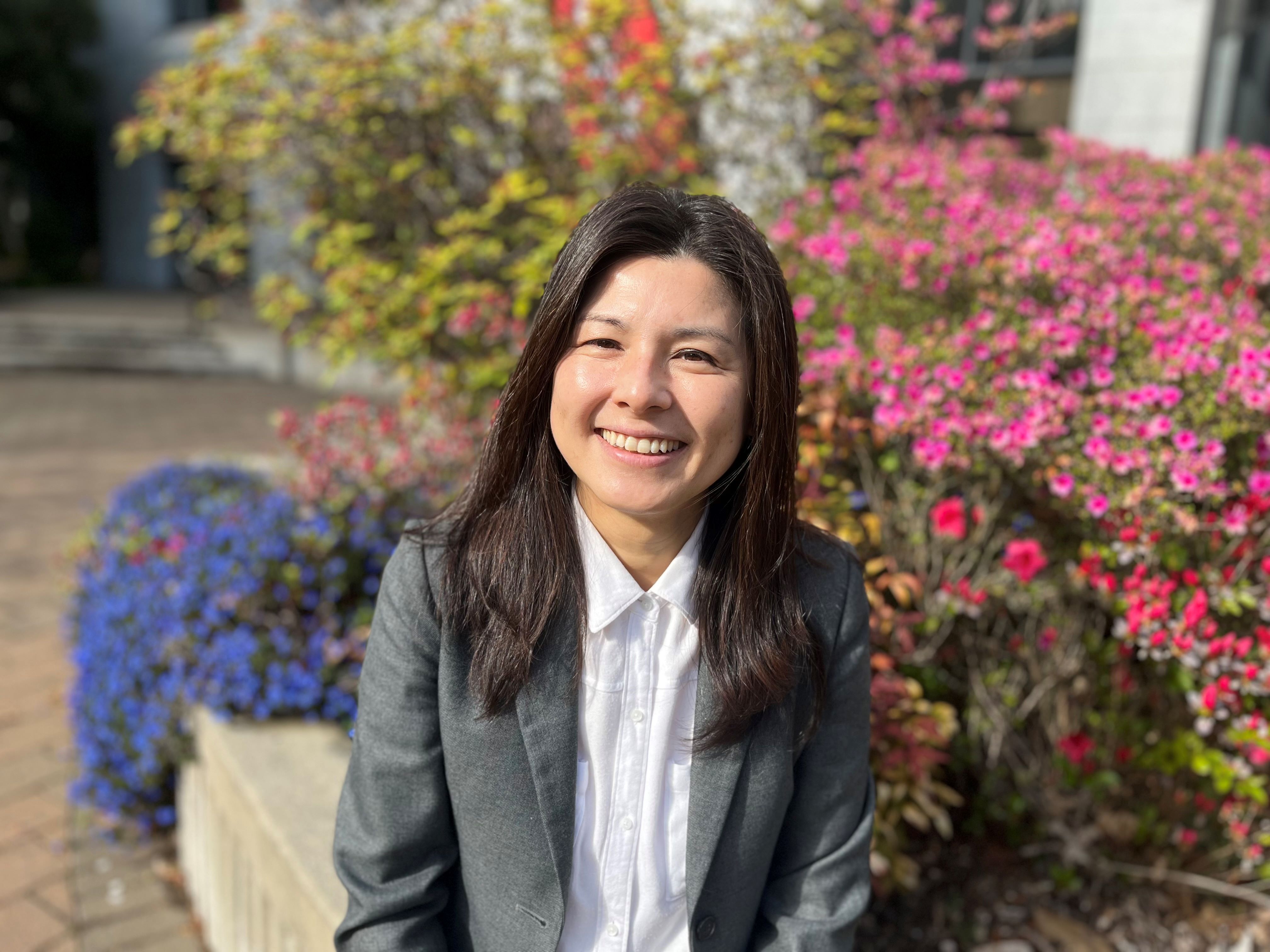Testing NZ roofing with volcanic ballistics
“Auckland sits on an active volcanic field with 53 known volcanic centres and it is likely there will be an eruption in the future, we just aren’t sure when or where,” says lead researcher Disaster Risk and Resilience expert Professor Thomas Wilson from the University of Canterbury (UC) School of Earth and Environment.
“Our role as researchers is to put that risk in context and understand what the likely impacts are to help our partners in the public sector refine planning and decision-making around any potential future event.”
![Professor Thomas Wilson: “Our role as researchers is to put that [volcanic eruption] risk in context and understand what the likely impacts are...” Photo: EQC](/content/uoc-main-site/language-master/en/news-and-events/news/uc-scientists-fire-volcanic-missiles-to-help-auckland-prepare-fo/_jcr_content/root/container-content/columncontrol_copy/container1/columncontrol/container0/image_1291726499.coreimg.jpeg/1692352624880/uc-scientists-fire-volcanic-missiles-to-help-auckland-prepare-for-threats-news-2021-uc.jpeg) Professor Thomas Wilson: “Our role as researchers is to put that [volcanic eruption] risk in context and understand what the likely impacts are...” Photo: EQC
Professor Thomas Wilson: “Our role as researchers is to put that [volcanic eruption] risk in context and understand what the likely impacts are...” Photo: EQC
Professor Wilson and his team have been researching a variety of aspects of volcanic activity, simulating what may happen to buildings exposed to a future Auckland Volcanic Field (AVF) eruption. This includes UC PhD student Nicole Allen firing volcanic rocks at high velocity onto typical kiwi roof designs and loading them with tonnes of volcanic ash.
“By testing the strength of the roofs, we can see what damage may be sustained by buildings, which in turn can help us understand how many homes could be damaged in eruptions and what we could do to protect them,” says Allen.
“This may also help inform how much protection New Zealand buildings provide to people caught in an erupting volcano, and if they can provide a useful place to shelter.”
The projects of Professor Wilson’s team are part of the larger DEVORA research programme. DEVORA stands for Determining Volcanic Risk in Auckland and represents a multidisciplinary team of scientists from around the world studying Auckland volcanoes in partnership with the emergency management and insurance sectors. DEVORA is jointly led by the University of Auckland and GNS Science.
Professor Wilson says that the funding and collaboration opportunities provided by the Earthquake Commission, Auckland Council, and Auckland Emergency Management to DEVORA over the past 12 years has been “precious”.
“The coming together of scientists and the public sector to help inform volcano risk management is pretty unique internationally and provides New Zealand with an amazing long-term capability to make the best decisions,” says Professor Wilson.
Many Aucklanders may not be aware that the cones scattered around the city landscape are part of the potentially active Auckland Volcanic Field (AVF). The last eruption in the area was Rangitoto around 600 years ago, which in volcanic terms is considered fairly recent.
Unlike the big volcanoes in the central North Island, the Auckland field triggers smaller eruptions in new locations, which has created the cones and some lakes we see around the city.
Professor Wilson says that the chance of a volcanic eruption in Auckland is roughly between 5 and 15 percent within a person’s lifetime, “which is fairly unlikely in our lifetime. But if it did happen, the impacts would be so large that it is well worth the emphasis we are putting on the planning for potential evacuations, insurance exposure, and critical infrastructure resilience with our partners in the public sector”.
“A volcanic eruption could create multiple hazards, not just ashfall, but also lava flows, ballistic projectiles, hot ash and gas surges, shockwaves, landslides or even a tsunami, so it is important to build reliable impact assessment models for all possible events.”
The Canterbury volcano risk expert says that DEVORA’s research will continue to help insurers like EQC to better forecast potential damage, help local authorities refine their plans to mitigate the impact of an eruption, and predict whether houses will be inhabitable and essential services intact.
 PhD candidate Nicole Allen, left, and Volcanic Hazard and Impact Research Assistant Amilea Sork attach the volcanic rock to “the cannon”, an air-pressure based launching mechanism at the University of Canterbury to replicate the effect of volcanic ballistics during an eruption. Photo: EQC
PhD candidate Nicole Allen, left, and Volcanic Hazard and Impact Research Assistant Amilea Sork attach the volcanic rock to “the cannon”, an air-pressure based launching mechanism at the University of Canterbury to replicate the effect of volcanic ballistics during an eruption. Photo: EQC

